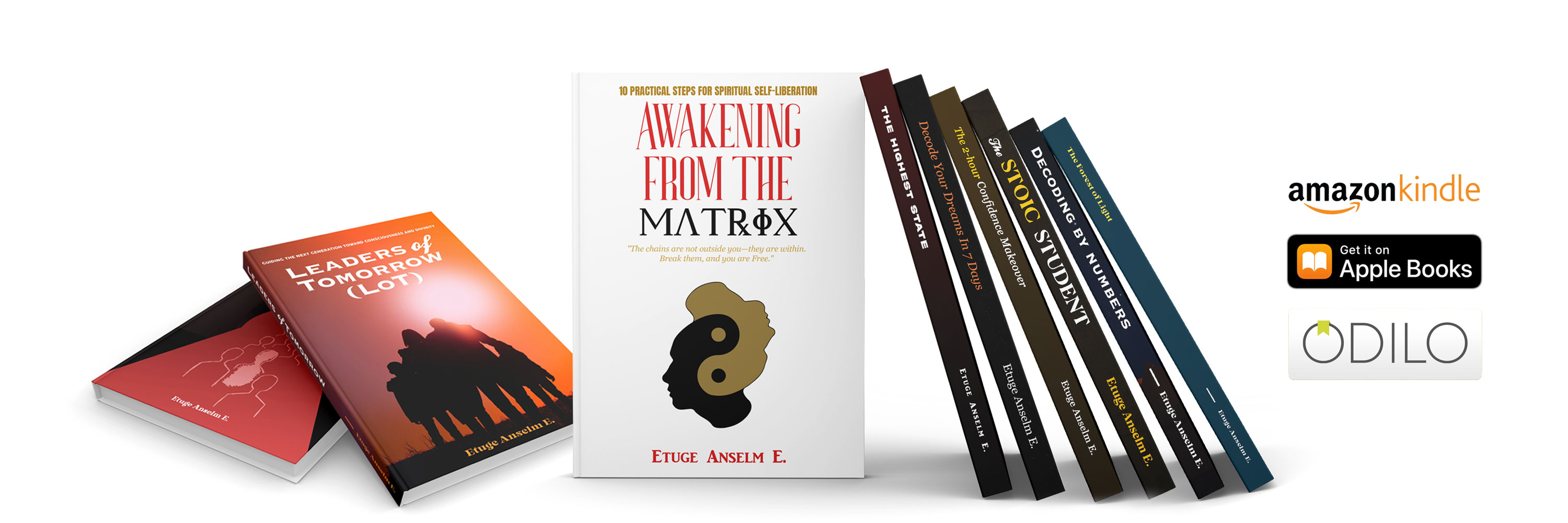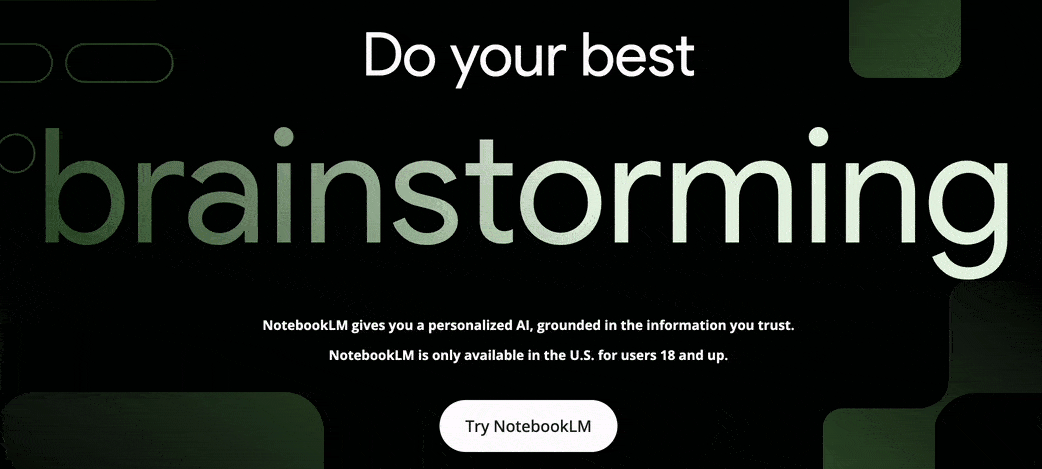In a world overflowing with information, organizing and summarizing knowledge has become a critical challenge. Google’s NotebookLM aims to address this by combining AI with note-taking, offering users personalized, AI-powered summaries and insights. As technology evolves, NotebookLM could reshape how individuals and teams manage and process information.
This article explores the capabilities of Google’s NotebookLM and its potential impact on productivity, knowledge management, and AI-driven innovation.
What is NotebookLM?
NotebookLM is Google’s experimental AI-powered tool designed to revolutionize note-taking. By integrating large language models (LLMs) into a user-friendly notebook format, it helps users synthesize information from their notes and source materials. The tool can summarize long documents, highlight key points, and even generate ideas or answers based on your data.
Key Features of NotebookLM
Integration with Google Workspace: Syncs seamlessly with Google Docs and Drive, making it easy to incorporate into existing workflows.
Personalized Summaries: Automatically generates concise summaries tailored to the user’s notes and context.
Insight Generation: Helps identify trends, patterns, or key takeaways in extensive content.
Interactive Assistance: Answers questions based on your uploaded notes or documents.
The Evolution of Note-Taking
From Linear Notes to Dynamic Summaries
Traditional note-taking often involves manually sifting through dense material to extract useful information. NotebookLM transforms this linear process into a dynamic interaction, where users can ask questions, explore connections, and focus on actionable insights.
Example: A researcher reviewing multiple academic papers could use NotebookLM to generate a summary of key findings across all sources, saving hours of manual analysis.
Collaboration and Productivity
NotebookLM also facilitates collaboration by ensuring that all team members have access to consistent, AI-generated summaries. This reduces redundancy and streamlines communication, particularly for remote or distributed teams.
Use Case: Marketing teams could upload meeting notes and campaign strategies, allowing NotebookLM to summarize objectives and provide actionable suggestions for future campaigns.
Why NotebookLM Matters in 2025
1. Time Savings
By automating the summarization process, NotebookLM helps professionals spend less time processing information and more time making decisions.
2. Enhanced Knowledge Retention
With AI organizing and structuring content, users can easily revisit and grasp complex concepts, improving knowledge retention.
3. Democratizing AI Tools
NotebookLM represents a shift toward making advanced AI accessible to everyday users, from students and educators to business leaders.
Challenges and Considerations
1. Privacy and Data Security
Since NotebookLM works with personal data, ensuring robust privacy and encryption measures is essential to address user concerns.
2. Accuracy and Bias
AI-generated summaries are only as good as the data they’re trained on. Misinterpretations or biases in the summaries could lead to errors or misinformed decisions.
3. Learning Curve
Adopting a new tool often requires a shift in workflows. Ensuring ease of use and adequate support will be key to NotebookLM’s success.
Conclusion
Google’s NotebookLM is a promising leap forward in AI-driven productivity tools. By blending advanced summarization capabilities with personalized insights, it has the potential to redefine how we interact with information. While challenges remain, NotebookLM is undoubtedly a glimpse into the future of AI-powered knowledge management.
The question is: Are we ready for this new era of intelligent note-taking?













